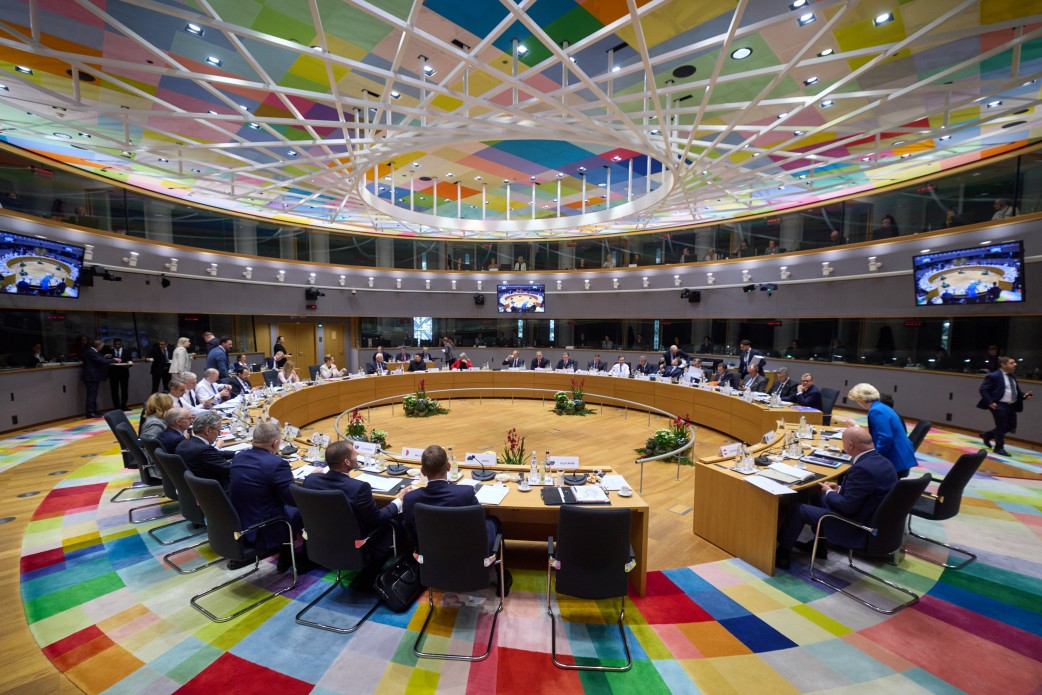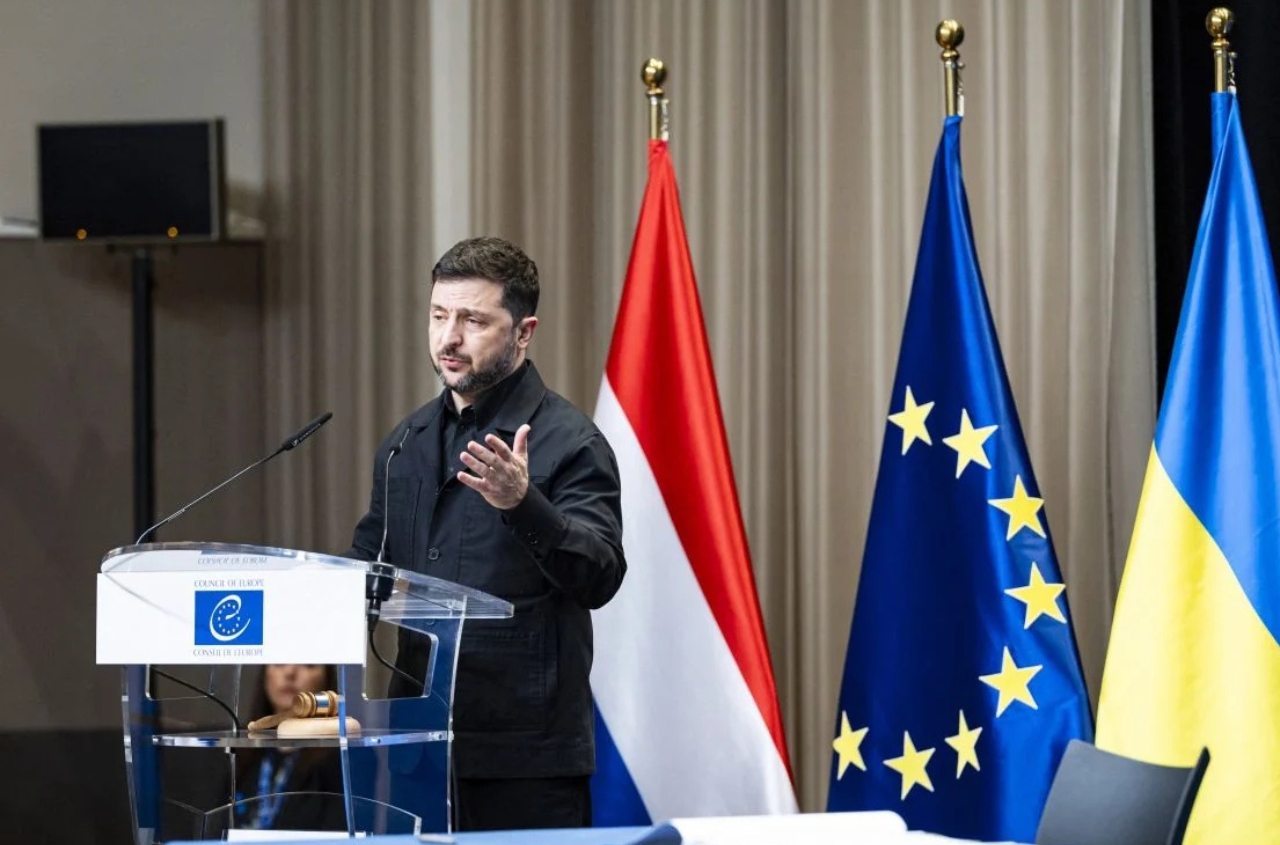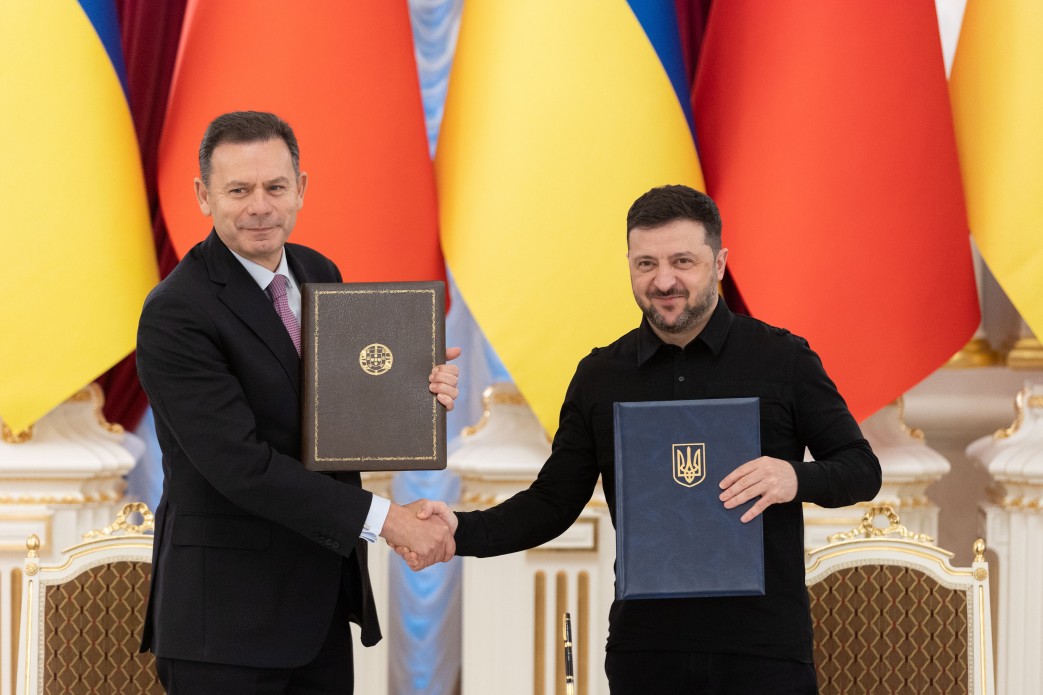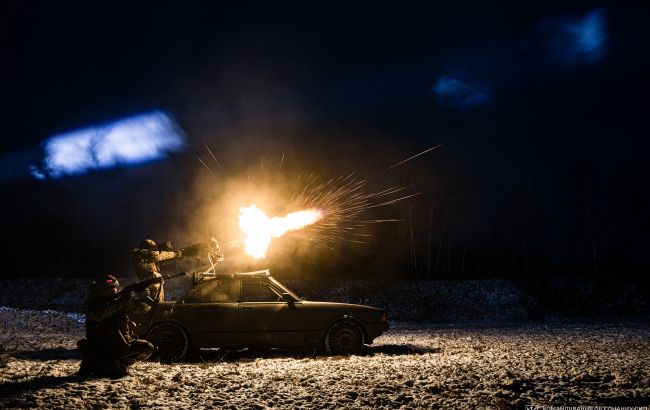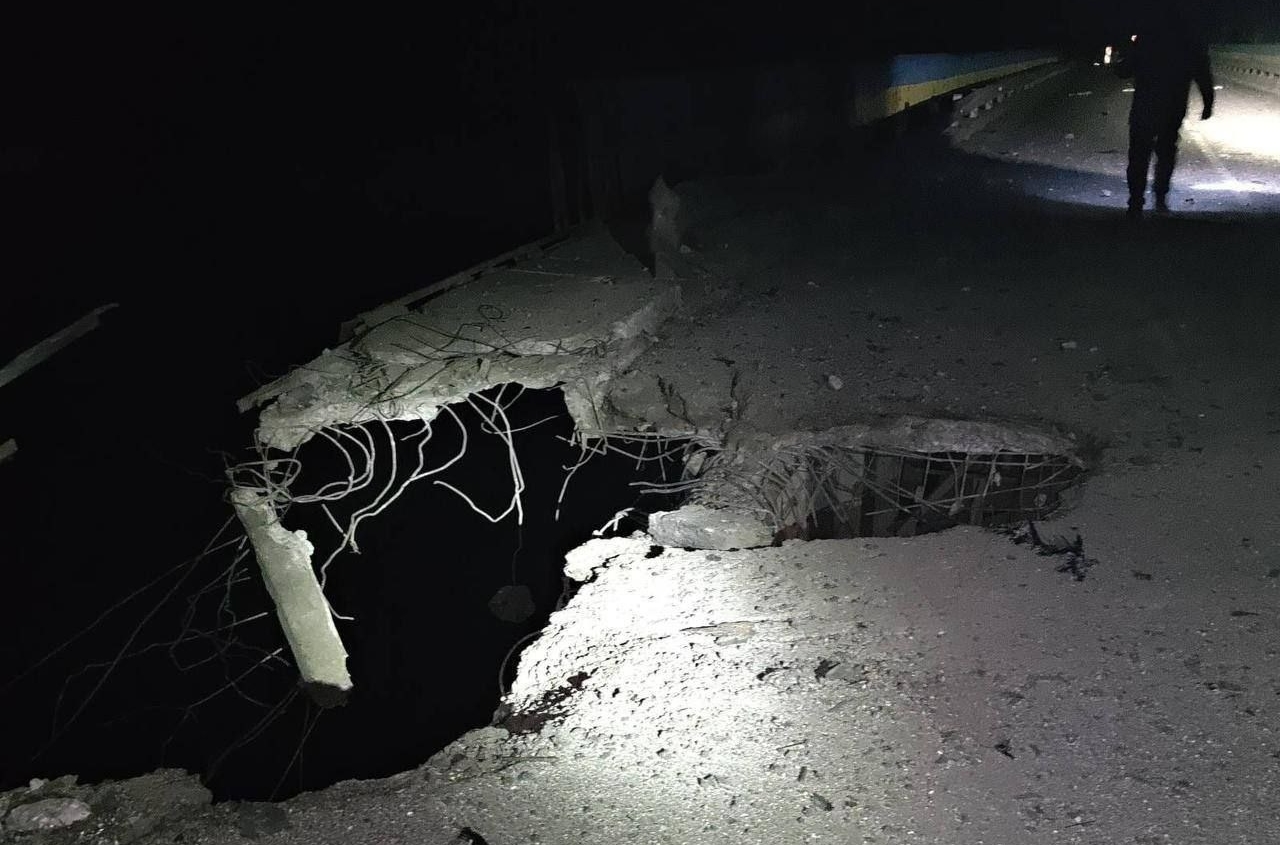The Kremlin is using pre-planned strategic missile tests to further its ongoing rhetorical effort to push the United States to agree to concessions on the war in Ukraine in return for US-Russian arms control talks.
Russian President Vladimir Putin directed a strategic nuclear forces exercise involving their land, sea, and air components on October 22.
Russian forces launched a Yars intercontinental ballistic missile (ICBM) from Plesetsk Cosmodrome, a Sineva ballistic missile from the Bryansk nuclear-powered submarine in the Barents Sea, and cruise missiles from Tu-95MS strategic bombers. These exercises are annual and routine: Russia conducted similar exercises on October 26, 2022; October 25, 2023; and October 29, 2024.
Russian Deputy Foreign Minister Sergei Ryabkov used the backdrop of the strategic missile tests on October 22 to claim that NATO’s alleged “aggressive policies” forced Russia to adopt ”compensatory military-technical measures” and that Russia will not allow NATO to drag it into a ”very costly arms race.”
Ryabkov claimed that there are no opportunities for dialogue between Russia and the United States ”on any issues related to non-proliferation.”
Ryabkov demanded that the United States reciprocate Russia’s proposal to extend the New Strategic Arms Reduction Treaty (New START) and claimed that the United States bears responsibility for Russia’s decision to withdraw from the Comprehensive Nuclear-Test-Ban Treaty (CTBT). Ryabkov’s invocation of multiple arms control treaties against the backdrop of the strategic missile test is likely part of a concerted and deliberate Kremlin effort. The Kremlin has been using defunct US-Russian arms control treaties to cater to the bilateral Russia-US relationship in the hopes of securing future concessions on Ukraine. Russia has been moving to withdraw from multiple arms control treaties in recent months, including the Intermediate-Range Nuclear Forces (INF) Treaty and the Plutonium Management and Disposition Agreement (PMDA), while offering to extend New START for one year.
Russia’s use of both carrots and sticks aims to push the United States to turn its attention away from the war and toward US-Russian bilateral relations.
















